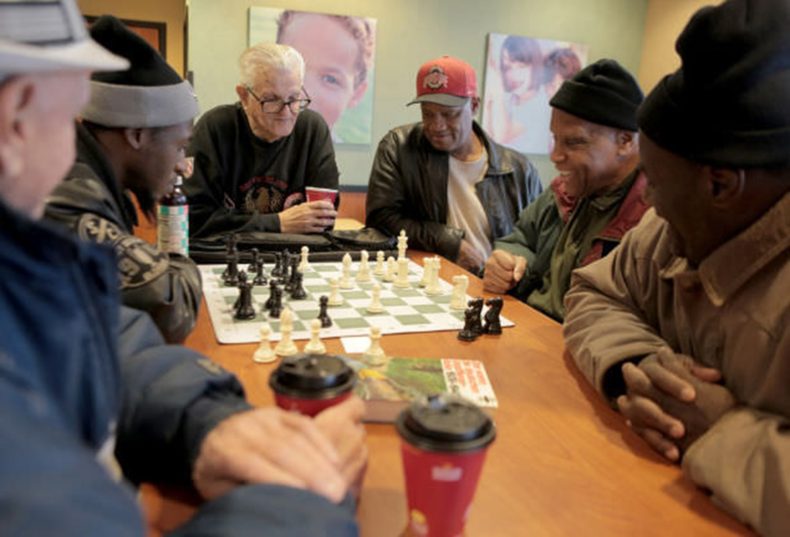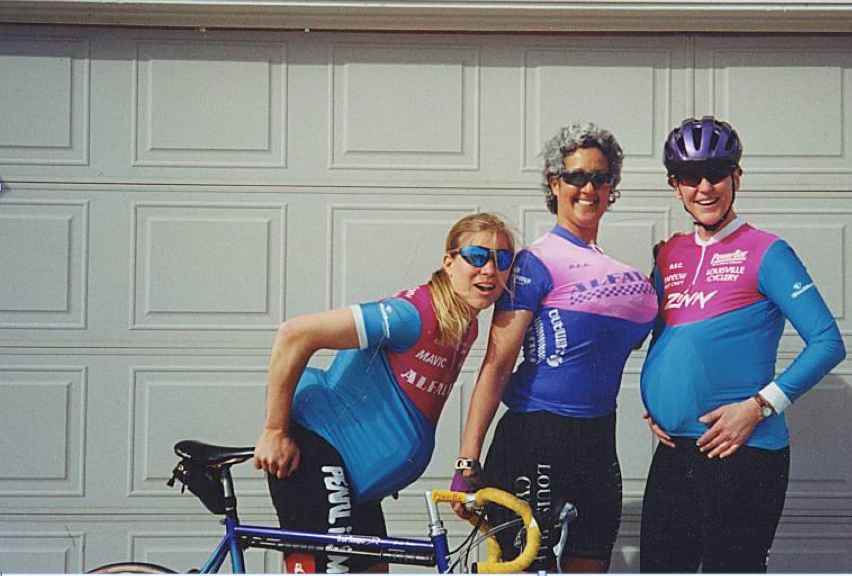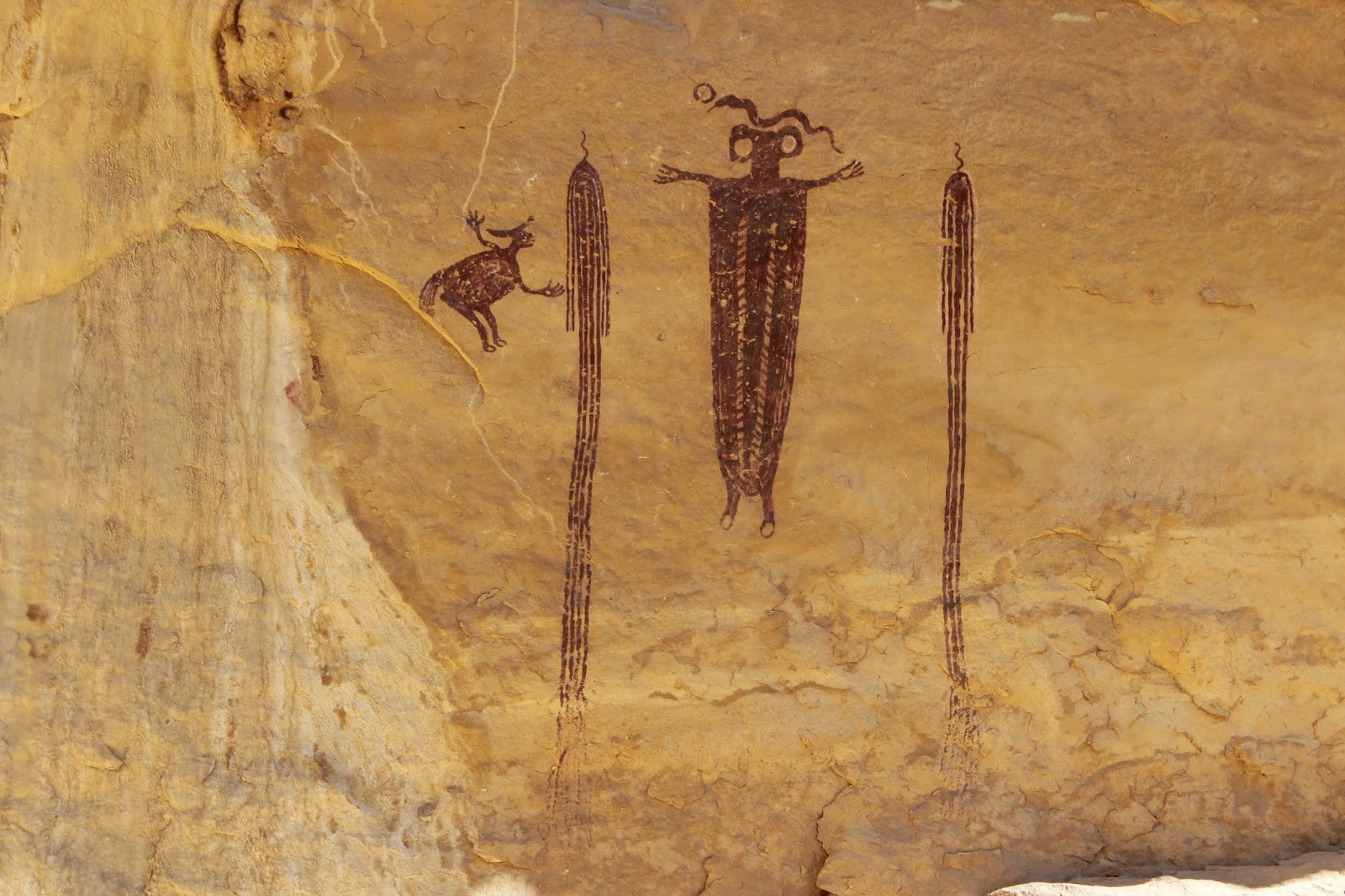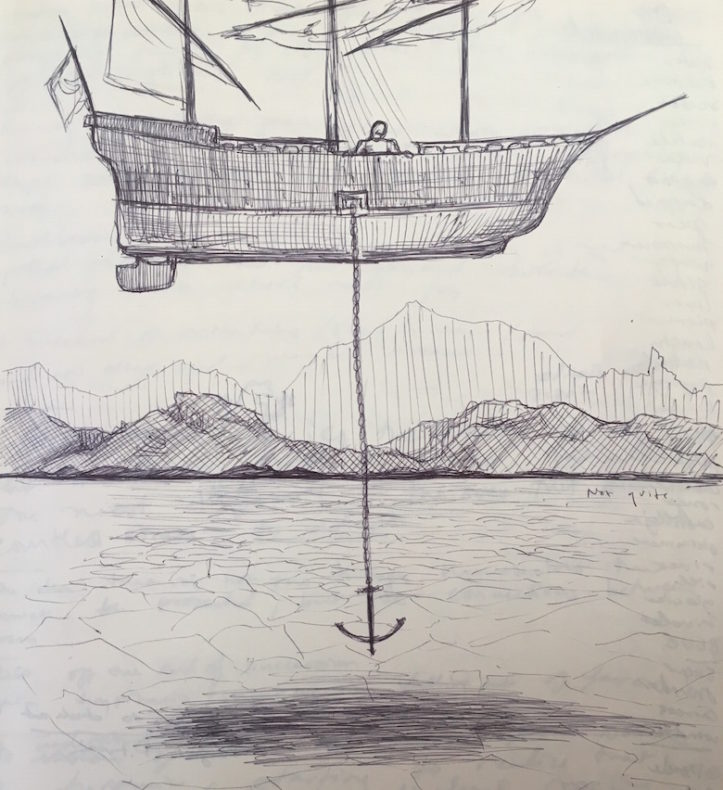I was at the Getty Museum in LA not long ago, and inside its cavernous entrance my kids and I found a spot where we could stand one at a time, speaking, making sounds, snapping, clapping, and hearing ourselves bounce back in surround-sound. Since this post originally ran November 21, 2017, I’ve found numerous more places like this.
In caves and rock walls of the southern Utah desert, pictographs have been painted, added to the backs of clamshell-shaped sandstone enclosures. Many are noted to have acoustic properties, meaning these ancient, Indigenous images seem to be correlated with the way sound reflects around them. I’ve spoken in a normal voice back and forth from one sheltered rock art panel to another an eighth of a mile downcanyon. The way sound spreads and is refocused, we could hear each other’s every word.
James Farmer, from the Utah Rock Art Research Association, wrote that panels from the ghostly and enigmatic Barrier Creek tradition in Utah (pictured above) contain what he sees as thunderstorm motifs. At one of these Barrier Creek panels, he witnessed a cloudburst with thunder, waterfalls, and falling boulders. He wrote about the intensification of sound from the storm around the rock art, “it seems inconceivable to me that any ancient archaic hunter-gatherers witnessing a similar event would not have been just as astonished as me, and would have naturally invested the location with divine, supernatural powers.”
The nascent field of “archaeoacoustics” studies the way sound and archaeological sites interact. I look at this as not just an ancient feature, but one that we walk through everyday. Cathedrals and capital domes have been noted for the way they capture and amplify sound. By happenstance or not, resonance is part of the way we relate to architecture, whether human made or carved by nature.
Continue reading →
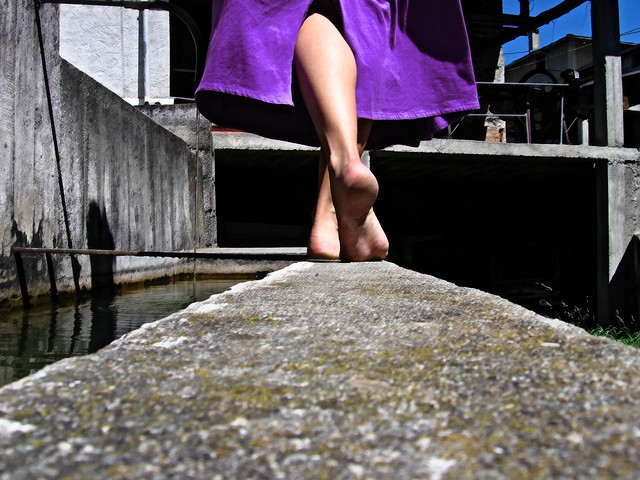

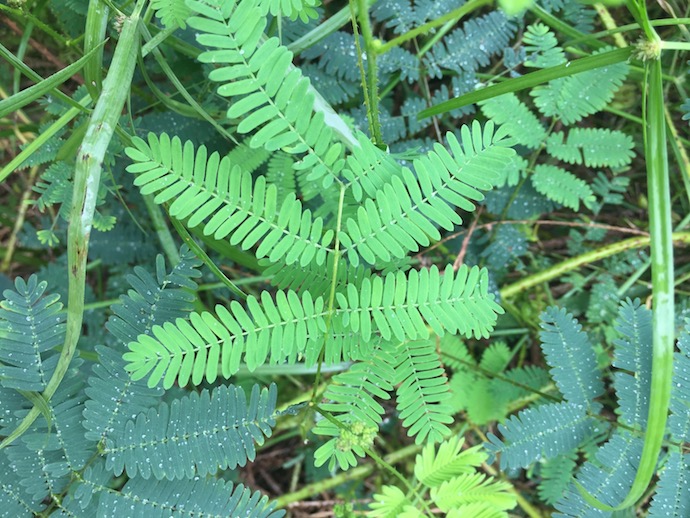
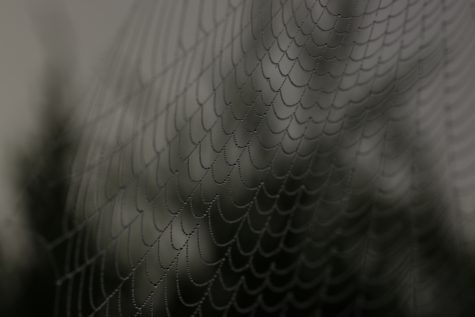
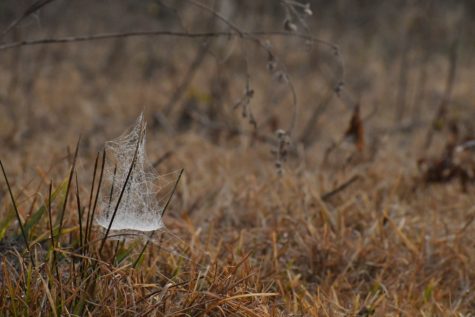 I’m taking my own advice this morning. The spiders in my yard work through the night, some in two dimensions, others in three. By dawn there are silken purses, spirals, and mad scribbles filling otherwise empty spaces, with connective strands reaching every which way. Sheet webs bind up the grass. Dense silken layers fill corners with wide-mouthed funnels and miniature tents. And the orbs–so many orbs!–are perfect, still fresh and whole. The display is testimony: Nature’s best architects are artists with a flair for math.
I’m taking my own advice this morning. The spiders in my yard work through the night, some in two dimensions, others in three. By dawn there are silken purses, spirals, and mad scribbles filling otherwise empty spaces, with connective strands reaching every which way. Sheet webs bind up the grass. Dense silken layers fill corners with wide-mouthed funnels and miniature tents. And the orbs–so many orbs!–are perfect, still fresh and whole. The display is testimony: Nature’s best architects are artists with a flair for math.
